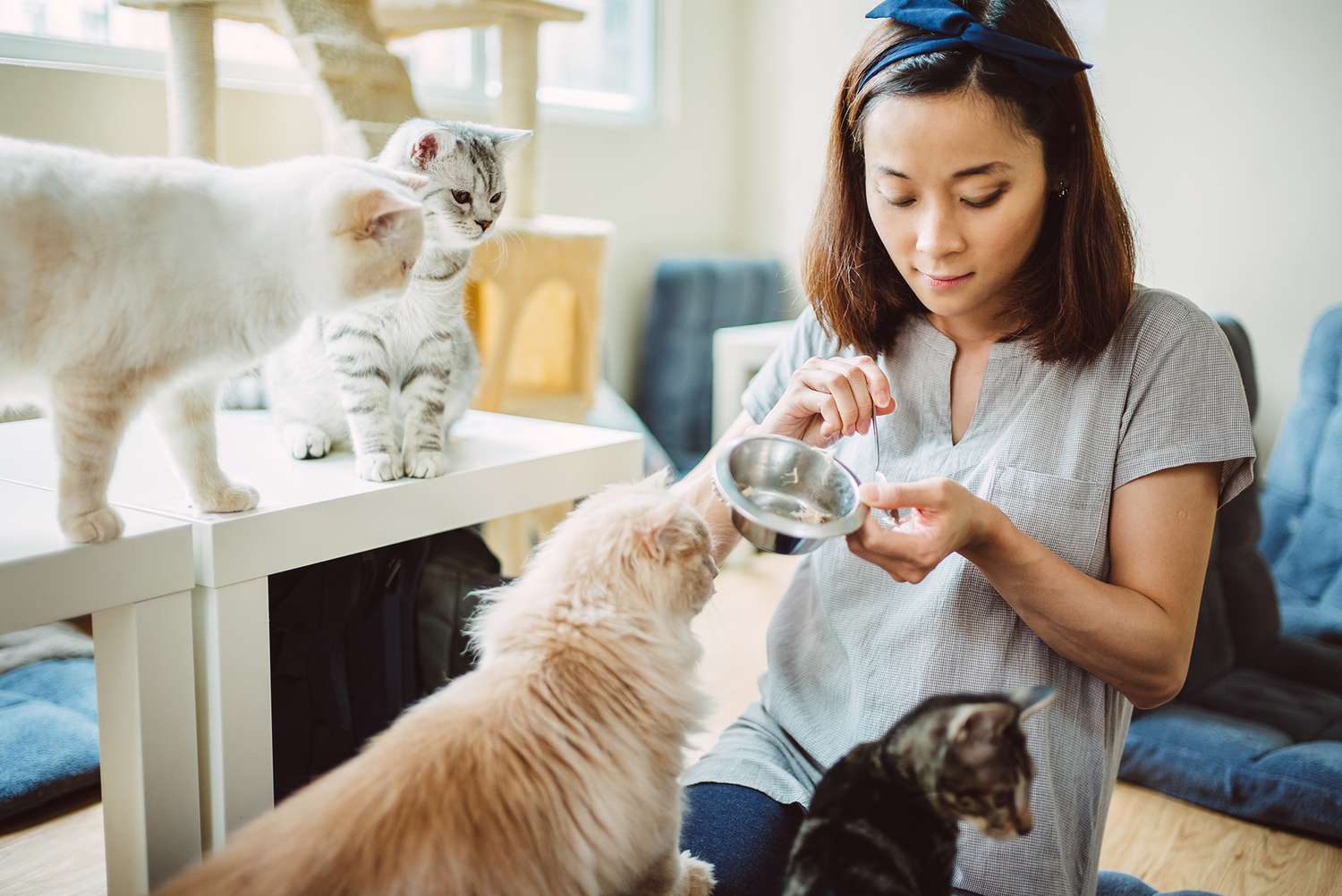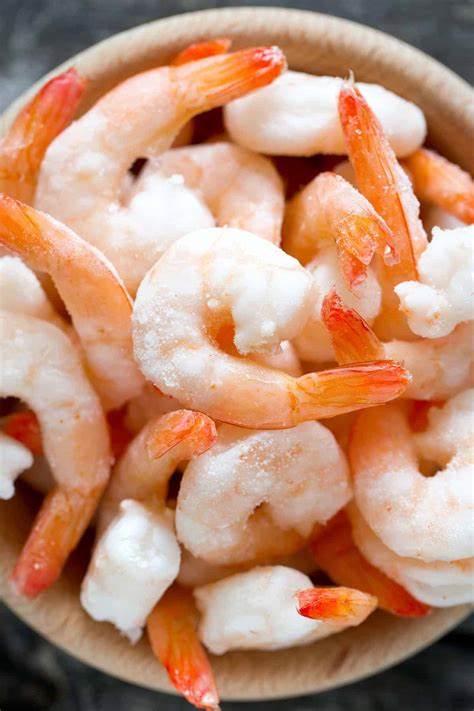I. Introduction
A. The Significance of a Balanced Diet for Cats: Wet and Dry Food
Balanced nutrition is essential for a cat’s well-being, providing essential nutrients for their overall health and longevity.
B. Understanding the Role of a Cat Food Calculator in Determining Nutritional Balance
A cat food calculator is a valuable tool for tailoring a cat’s diet to meet their specific nutritional requirements, ensuring optimal health.

II. Nutritional Requirements for Cats
A. Nutrient Requirements in Feline Diets: Protein, Fats, Carbohydrates, and Micronutrients
Cats require a balanced combination of protein, fats, carbohydrates, vitamins, and minerals to support their growth and overall health.
B. The Role of Wet and Dry Food in Meeting Cats’ Nutritional Needs
Wet food provides hydration and promotes urinary health, while dry food contributes to dental health through chewing.
III. Utilizing a Cat Food Calculator
A. Using a Calculator to Determine Portion Sizes and Nutrient Intake for Wet Food
A cat food calculator assists in determining the appropriate portion sizes and nutrient intake for wet food, promoting a balanced diet.
B. Calculating Nutrient Components and Feeding Guidelines for Dry Food
By using a cat food calculator, cat owners can calculate the nutrient components and formulate precise feeding guidelines for dry food.

IV. Dietary Considerations and Health Benefits
A. The Influence of Wet Food on Hydration and Urinary Health in Cats
Wet food helps maintain hydration levels, supporting urinary tract health and reducing the risk of urinary issues.
B. Dental Health and Nutritional Benefits of Dry Food Diets
Dry food promotes dental health in cats through chewing, aiding in the removal of plaque and supporting oral hygiene.
V. Addressing Dietary Preferences and Transitioning
A. Navigating Cats’ Preferences and Transitioning Between Wet and Dry Foods
Gradually introducing new foods helps cats adapt to changes, ensuring a successful transition between wet and dry food.
B. Strategies for Ensuring Successful Transitions and Managing Feline Dietary Preferences
Understanding and managing dietary preferences can be achieved through patience and gradual changes, ensuring a well-balanced diet.

VI. Feeding Practices and Meal Plans
A. Implementing Feeding Schedules and Portion Control with Wet Food
Establishing a consistent feeding schedule ensures controlled portion sizes and regular eating habits for cats consuming wet food.
B. Developing Meal Plans and Guided Feeding with Dry Food
Creating meal plans and guided feeding for dry food ensures that cats receive the appropriate amount according to their nutritional needs.
VII. Monitoring and Adjusting
A. Monitoring Cats’ Weight, Health, and Dietary Responses with a Cat Food Calculator
Regularly monitoring a cat’s weight, health, and dietary responses helps identify any necessary dietary changes.
B. Making Informed Adjustments to Dietary Components and Feeding Patterns Based on Calculated Data
By using a cat food calculator, cat owners can make informed adjustments to their cat’s diet based on calculated nutrient requirements.

VIII. Consulting with Veterinary Professionals
A. Seeking Veterinary Advice for Evaluating Nutritional Balance and Dietary Plans
Consulting with veterinarians is essential for evaluating a cat’s nutritional balance and receiving tailored dietary advice.
B. Collaborating with Veterinarians for Tailored Dietary Guidance and Health Monitoring
Cats’ specific dietary needs can be addressed through collaboration with veterinarians, ensuring ongoing dietary guidance and health monitoring.
IX. Potential Risks and Mitigation Strategies
A. Addressing Potential Risks Associated with Dry Food Diets
Certain risks, such as dental issues or dehydration, may be associated with dry food diets.
B. Implementing Mitigation Strategies for Dry Food Diets
Implementing measures such as dental care and hydration monitoring can help mitigate potential risks.

X. Communicating with Veterinary Professionals
A. Engaging in Informed Conversations with Veterinary Professionals
Open discussions with veterinarians can provide valuable insights into dietary choices for cats.
B. Collaborating on Tailored Nutrition Plans for Cats
Collaborating with veterinary professionals can help develop tailored nutrition plans for cats.
XI. Continual Observations and Adaptations
A. Monitoring Cats’ Nutritional Responses and Health Parameters
Regular observations can help in making informed dietary adaptations.
B. Adapting and Refining Feeding Practices Based on Observations
Adapting feeding practices ensures cats’ dietary options align with their evolving nutritional needs.
XII. Importance of Consistency and Variety
A. Consistency in Feeding Practices
Consistency in feeding promotes good eating habits and overall well-being.
B. Integrating Variety in the Diet
Incorporating variety ensures cats receive a wide range of nutrients.
XIII. Educating Awareness Among Pet Owners
A. Raising Awareness About Feline Nutrition
Educating pet owners about feline nutrition is crucial for their pets’ well-being.
B. Empowering Pet Owners with Nutritional Knowledge
Empowering pet owners with nutritional knowledge helps them make informed decisions.
By incorporating these additional parts, the comprehensive passage on the cat food calculator and a balanced diet for cats will cover various aspects of feline nutrition and well-being.
XIV. Special Dietary Considerations for Aging Cats
A. Understanding the Nutritional Needs of Aging Cats
As cats age, their nutritional requirements may change, requiring adjustments to their diet to cater to their specific needs.
B. Implementing Specialized Diets and Supplements for Senior Cats
Specialized diets and supplements can support the health and well-being of aging cats, addressing potential age-related health concerns and conditions.
XV. Environmental Enrichment and Feeding Practices
A. Incorporating Environmental Enrichment for Feeding
Utilizing interactive feeders and feeding toys can provide mental stimulation while allowing cats to “hunt” for their food, promoting natural feeding behaviors.
B. Elevating Feeding Practices to Enhance Overall Well-Being
Implementing elevated feeding areas and ensuring calm, stress-free environments during mealtimes can enhance a cat’s overall feeding experience and well-being.
By integrating the valuable knowledge surrounding the significance of a balanced diet and leveraging the capabilities of a cat food calculator, every cat lovers and cat owners can take critical strides in safeguarding the well-being and vitality of their feline companions. These tools offer means for tailoring a comprehensive and nutrient-rich diet that is precisely aligned with their cat’s individual nutritional requirements, thereby promoting robust health and contentment. By vigilantly integrating these essential components into their cat’s everyday dietary regimen, owners provide a solid foundation for their pets’ overall health, ensuring they thrive in their environment while fostering optimal well-being and happiness.


